Job Analysis Techniques for HR Professionals Checklist
A comprehensive template outlining various job analysis techniques to aid HR professionals in determining essential duties, responsibilities, and requirements of a given position.
Section 1: Job Description Review
FAQ
How can I integrate this Checklist into my business?
You have 2 options:
1. Download the Checklist as PDF for Free and share it with your team for completion.
2. Use the Checklist directly within the Mobile2b Platform to optimize your business processes.
How many ready-to-use Checklist do you offer?
We have a collection of over 5,000 ready-to-use fully customizable Checklists, available with a single click.
What is the cost of using this Checklist on your platform?
Pricing is based on how often you use the Checklist each month.
For detailed information, please visit our pricing page.
What is Job Analysis Techniques for HR Professionals Checklist?
Job analysis techniques checklist:
- Task Observation: Observe employees performing their tasks to identify key duties and responsibilities.
- Interviews: Conduct structured or unstructured interviews with employees to gather information about job requirements.
- Questionnaires: Use standardized questionnaires to collect data from multiple stakeholders about the job.
- Job Holders: Ask current job holders to describe their daily activities, challenges, and responsibilities.
- Expert Interviews: Consult with supervisors, managers, or subject matter experts to gain insight into job requirements.
- Workplace Visitation: Visit the workplace to observe work processes and identify key tasks and duties.
- Surveys: Conduct surveys among employees to gather information about their opinions on job requirements and expectations.
- Analyzing Performance Data: Analyze performance metrics, such as attendance records, sales data, or customer satisfaction ratings, to inform job analysis.
- Literature Review: Conduct a thorough review of relevant literature, policies, and procedures related to the job.
- Behavioral Interviews: Use behavioral interviewing techniques to assess an employee's past experiences and behaviors as indicators of their potential for success in the role.
Job Analysis Techniques Tools
- Swimlane Diagrams: Visualize work processes using swimlane diagrams to identify key tasks, roles, and responsibilities.
- Flowcharts: Create flowcharts to illustrate how tasks fit into the larger organizational process.
- Task Analysis Forms: Use standardized forms to collect detailed information about each task's requirements.
- Job Description Templates: Utilize templates to ensure consistency in job descriptions across the organization.
- Skill and Competency Frameworks: Develop frameworks to identify essential skills, knowledge, and behaviors required for success in a role.
Best Practices
- Use Multiple Techniques: Combine multiple techniques to gather comprehensive information about the job.
- Involve Stakeholders: Engage various stakeholders, such as employees, supervisors, and subject matter experts, to gain diverse perspectives on the job.
- Document Findings: Maintain accurate records of job analysis results to inform future decisions.
- Regularly Update Job Analysis: Periodically update job analysis findings to reflect changes in business needs, technology, or regulations.
- Communicate Results: Share job analysis findings with relevant stakeholders to ensure understanding and alignment with organizational goals.
How can implementing a Job Analysis Techniques for HR Professionals Checklist benefit my organization?
Accurate job descriptions and classification system development Improved employee onboarding and training processes Enhanced employee retention and engagement through better fitment of skills to roles More effective succession planning and talent management strategies Better informed recruitment efforts and hiring practices Streamlined performance evaluation and promotion processes Increased organizational compliance with laws and regulations
What are the key components of the Job Analysis Techniques for HR Professionals Checklist?
- Position Description Formulation
- Skill and Knowledge Requirements Identification
- Work Activity Assessment
- Task and Responsibility Definition
- Performance Standard Establishment
- Physical Demands Evaluation
- Working Conditions Assessment
Section 2: Task Analysis
Section 3: Skill and Knowledge Requirements
Section 4: Work Environment and Conditions
Section 5: Performance Metrics and Evaluation
Section 6: Job Classification and Compensation
Section 7: Training and Development Needs
Section 8: Conclusion and Recommendations
Expense Reduction
 34%
34% Development Speed
 87%
87% Team Productivity
 48%
48% Generate your Checklist with the help of AI
Type the name of the Checklist you need and leave the rest to us.
 Made in Germany
Made in Germany Fair Pricing Policy
Fair Pricing Policy



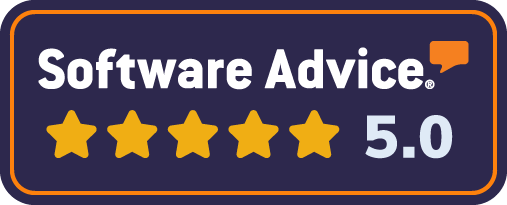
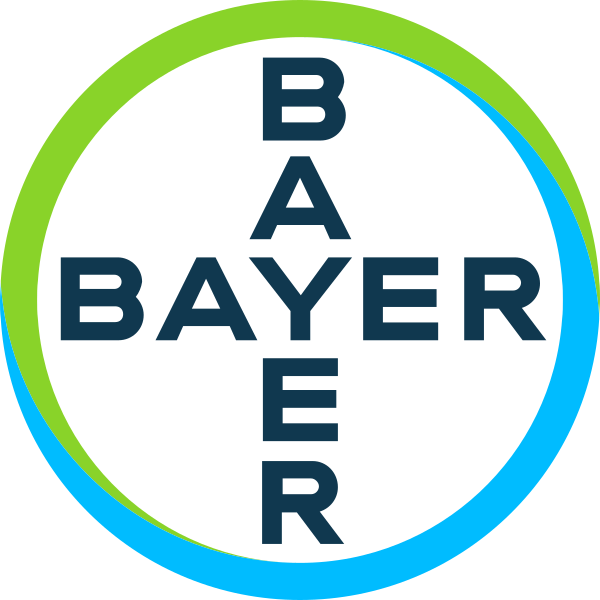






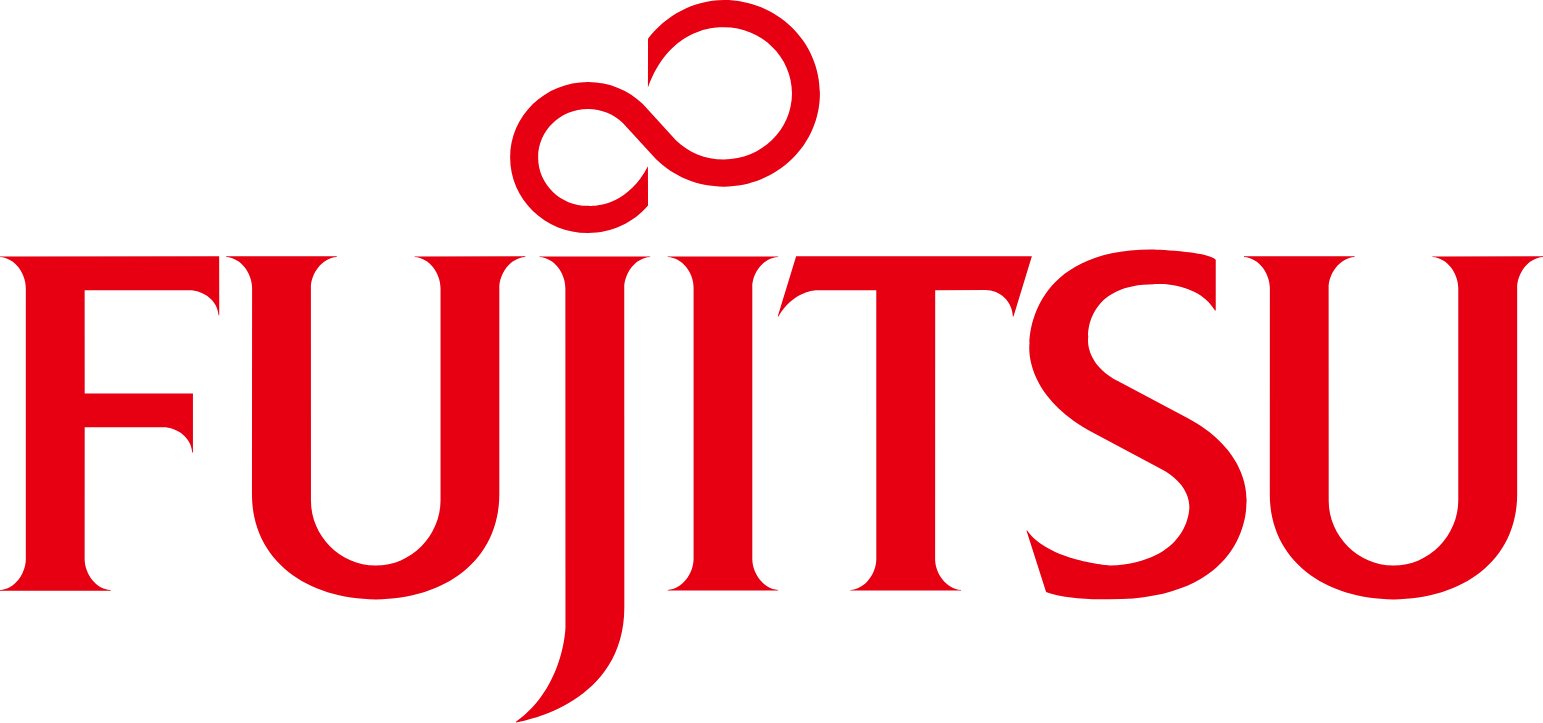


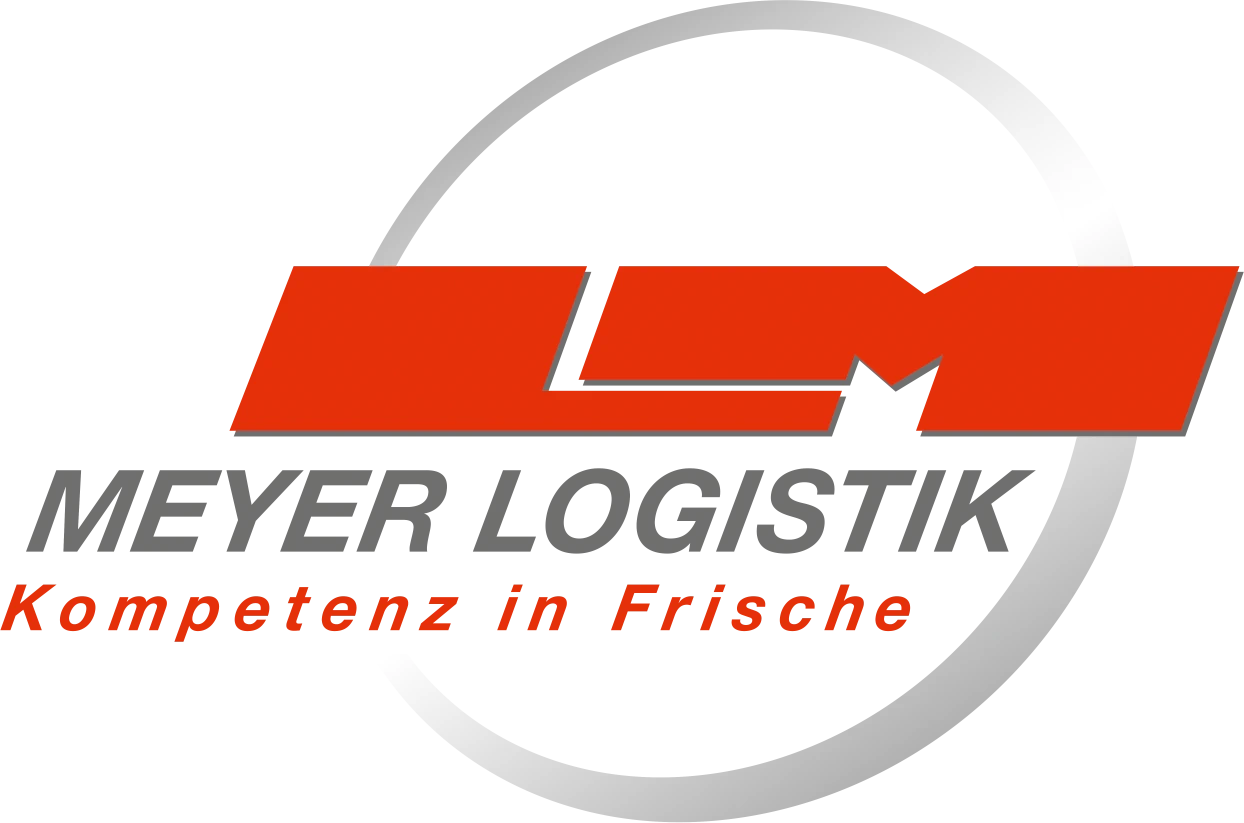



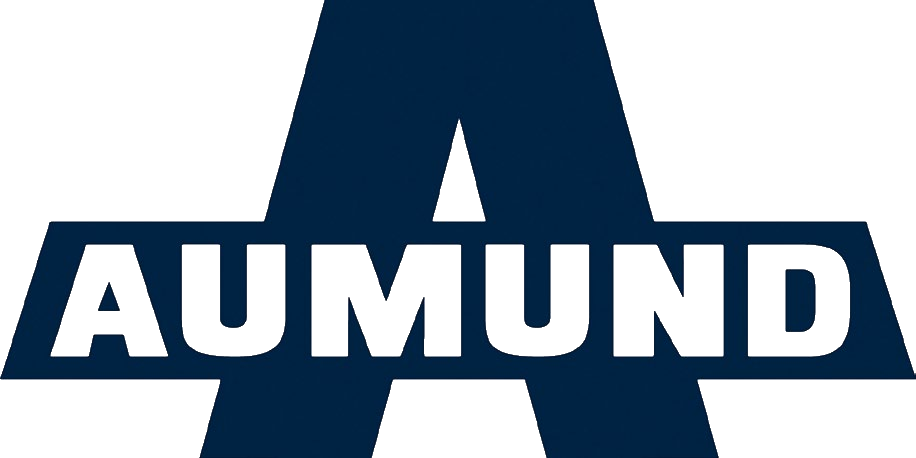


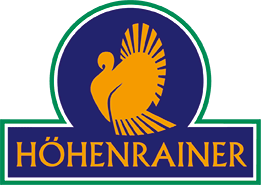

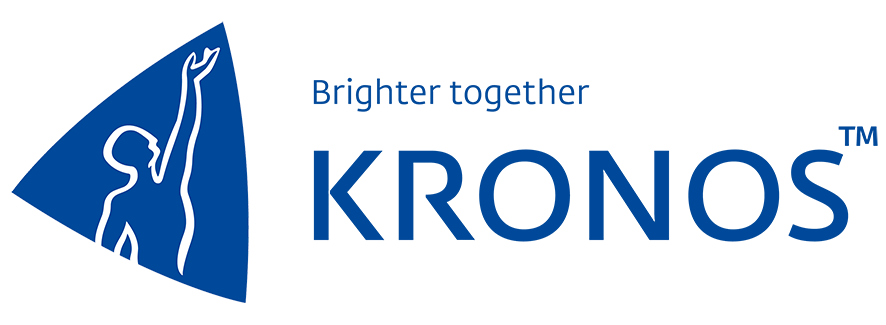




 Certified Security and Data Protection
Certified Security and Data Protection Active Support and Customer success
Active Support and Customer success Flexible and Fully customizable
Flexible and Fully customizable